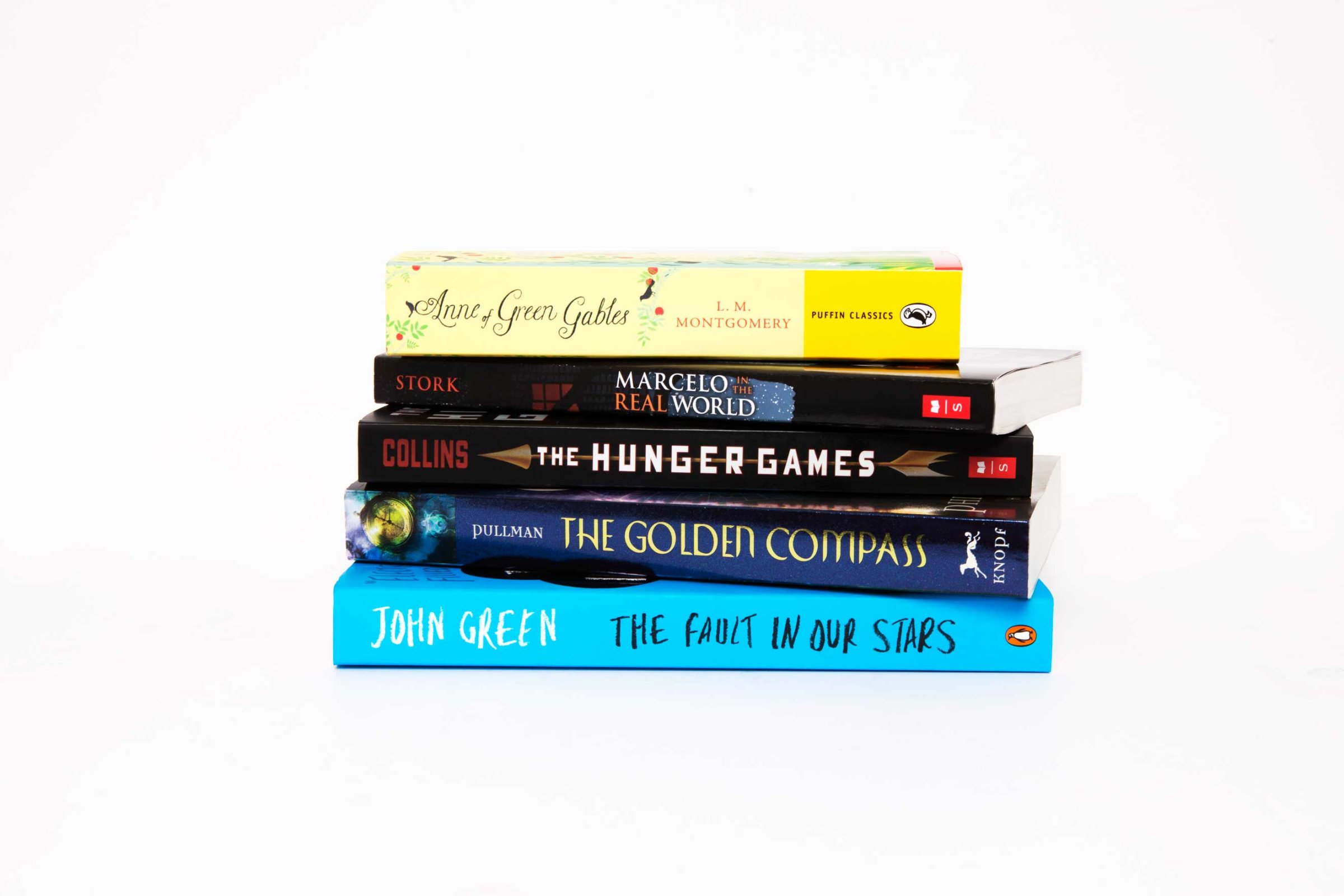
The books we read when we’re young have a special sort of power: they can inspire us to be brave and resilient (Matilda by Roald Dahl), take us on thrilling adventures (Divergent by Veronica Roth) and even introduce us to tragedy (The Bridge to Terabithia by Katherine Paterson). They’re as formative as anything else in our young lives, and sometimes they’re the first place we encounter larger-than-life ideas. Consider the lasting cultural import of To Kill a Mockingbird or even the urgency of a newer best seller like I’ll Give You the Sun, Jandy Nelson’s 2014 novel centering on a gay protagonist. In The Magic Words, Cheryl B. Klein, an executive editor at Scholastic whose projects include the last two Harry Potter books, sets out to inform would-be writers on how great novels for young readers work.
The market for YA novels is booming: sales in the children’s and YA sector have been neck and neck with those of adult books in recent years, and adult authors, including Meg Wolitzer (Belzhar) and Carl Hiaasen (Razor Girl), are getting in on the phenomenon. Magic Words aims to be a master class. If you think it sounds silly, it isn’t. In the era of elevated self-help sensations like Marie Kondo and Brené Brown, The Magic Words is of a piece.
Klein deconstructs the seemingly obvious (clear plotlines, sympathetic characters) to reveal the technical intricacies of some beloved classics. L.M. Montgomery surely didn’t whip up Anne of Green Gables as a cash-in endeavor. But for those who want to capitalize, Anne is instructive: what’s timeless and broadly appealing about Anne—her teenage heart and impulses—is what to examine. Once you understand that, Klein encourages you to get personal: What makes you ideal to write your story? And what does it mean to the reader?
On the latter question, The Magic Words is more than a handbook. It is also a timely social commentary on the responsibility YA writers have to young adults. Those who write to a younger demographic must start with an awareness of their readers—not only their age but also how they might connect with the issues, both the mundane (bullies) and the cultural (tolerance) that characters face. The narratives we tell young readers can influence how they understand and value the world around them. The magic isn’t in the words; it’s in how the words come together to reflect and affirm the realities of a diverse young-adult experience.
More Must-Reads from TIME
- Introducing the 2024 TIME100 Next
- The Reinvention of J.D. Vance
- How to Survive Election Season Without Losing Your Mind
- Welcome to the Golden Age of Scams
- Did the Pandemic Break Our Brains?
- The Many Lives of Jack Antonoff
- 33 True Crime Documentaries That Shaped the Genre
- Why Gut Health Issues Are More Common in Women
Contact us at letters@time.com